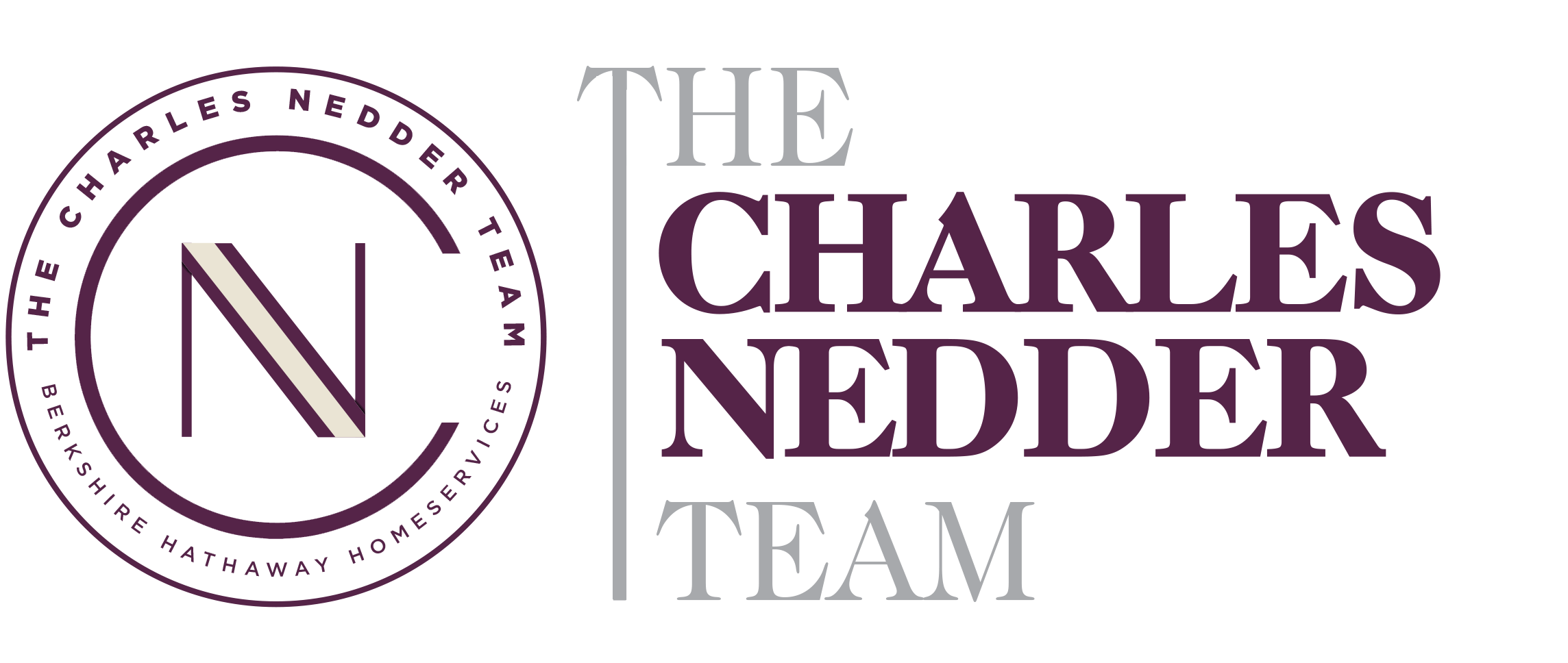Buying in 2026? Use November to Explore New Neighborhoods in Connecticut
.jpg?w=128&h=128)
Charles Nedder
Consistently ranked as a top producer, Charles Nedder is well-resourced, enthusiastic, and devoted to serving the needs of his clients...
Consistently ranked as a top producer, Charles Nedder is well-resourced, enthusiastic, and devoted to serving the needs of his clients...
As many buyers in Connecticut start planning their moves for 2026, it’s important to remember that the groundwork for a successful home purchase often begins well before you apply for a mortgage or set up listing alerts. One effective strategy during this preparation phase is to immerse yourself in the neighborhoods you’re considering. Think of it as a test-drive for your future lifestyle. Instead of just poring over maps, online listings, or market reports, take the time to experience how daily life might feel in those areas.
November, with its quieter pace, is an ideal time for this kind of exploration. The changing seasons can transform how neighborhoods look and how residents utilize public spaces. You’ll find it easier to observe daily rhythms, routines, and the small details that contribute to a sense of belonging. This approach allows buyers to clarify their priorities before the spring market picks up steam.
This post outlines practical methods for scouting neighborhoods, helping you assess lifestyle fit in a way that aligns with your long-term goals.
Understanding Lifestyle Fit
Lifestyle fit is about how well a location meets your daily needs, habits, and preferences. While many buyers tend to focus on specifics like the number of bedrooms, architectural style, or renovation potential—factors that are concrete and easy to compare—where you live also impacts your daily schedule, access to resources, and overall flow of life.
For instance, a neighborhood might be conveniently located near your workplace but lack nearby grocery stores that suit your needs. A street that appears tranquil online might be busier during certain hours. Seasonal changes in weather, lighting, and travel times can all affect your daily experience. Observing these factors early on can help you avoid surprises down the line.
Start by making a list of what’s important to you. Here are some examples:
- Approximate commute time
- Access to public transit or bike routes
- Walkability to daily essentials
- Proximity to parks or trails
- Type of nearby retail and dining options
- Level of street noise at different times of day
Explore Beyond the Main Streets
Online research often highlights central commercial areas, but residential streets can vary significantly from block to block. When you’re out exploring, pick a few routes and walk them at different times of the day. Early mornings, late afternoons, and evenings can each offer unique insights.
Pay attention to how people use the sidewalks and how much vehicle traffic flows through. Look at the lighting, shade, and available open spaces. If you see neighbors outside, take note of their interactions. These details don’t necessarily indicate whether a neighborhood is better or worse; they simply illustrate how daily life unfolds in that area.
Visiting in November can also shed light on how a neighborhood adapts to colder weather. You’ll notice changes in outdoor seating at restaurants, foot traffic in parks, and community events. If you plan to live in the area year-round, these seasonal observations can be quite telling.
Test Your Commute
Online commute estimates often don’t reflect the reality of traffic patterns. To get a true sense of the experience, try making the commute yourself. If you plan to drive, choose the time you’d typically leave for work. If you’re relying on public transit, follow the entire route, including any walking connections.
This firsthand experience can reveal whether the commute is manageable or more exhausting than you anticipated. It may also uncover alternative routes or travel considerations that mapping tools don’t highlight. If possible, repeat this test a few times, as traffic and transit patterns can vary from day to day.
Complete a Weekly Errand Loop
Living in a neighborhood means regularly running errands. Pick a weekend to complete these tasks in the area you’re considering. Go grocery shopping, visit a pharmacy, fill up your gas tank, and grab a snack or coffee. The goal isn’t to judge the businesses as better or worse but to see if the routine feels smooth and natural.
For example, a grocery store might have the items you prefer, or a local gym might offer class times that fit your schedule. A nearby library could provide study spaces or community programs that interest you. By doing these errands before moving, you’ll gain insight into whether your lifestyle can easily adapt to the new neighborhood.
Spend Time in Local Public Spaces
Public spaces reveal how a community organizes itself. Parks, trails, plazas, community centers, and waterfront areas often showcase how residents gather. Visiting these spots in November can show you how the community adjusts as outdoor activities change with the season.
Take a stroll on nearby trails and observe how many others are doing the same. Stop by a community center or library to check out posted events. You can also look at local bulletin boards for clubs, sports, or volunteer opportunities. These details can give you a sense of how people connect in the area.
Enjoy Local Food and Coffee
Restaurants and coffee shops often reflect the character of a neighborhood. Sit down for a meal or a drink and take in the atmosphere. You don’t need to analyze everything—just notice how long people linger, whether conversations are lively or subdued, and who seems to frequent the place. These observations can help you gauge whether the overall vibe feels familiar or different from what you’re used to.
Consider an Overnight Stay
If you’re torn between two or three potential neighborhoods, think about spending a night in each one over separate weekends. Depending on your lodging options, this may require some planning. The aim is to experience nighttime sound levels, lighting, and activity. Some neighborhoods may feel lively and bustling at night, while others could be very quiet. Experiencing this firsthand can clarify whether the environment supports rest and comfort in a way that suits your lifestyle.
Take Notes, But Don’t Rush to Conclusions
During this exploration phase, give yourself permission to simply observe. You don’t need to make immediate decisions. You might discover that certain aspects matter more than you initially thought. For instance, access to a specific grocery store could influence your weekly routine more than commute time, or park access might become essential to your morning habits.
Recognizing these preferences early on helps create a clearer picture of what supports your daily life.
Review Your Findings
After spending time in a neighborhood, jot down a brief review for yourself. Include:
- What felt natural
- What felt unfamiliar
- Which tasks were easy
- Which routines required adjustment
These notes will help you organize your impressions. If you visit multiple neighborhoods, these reflections will aid in comparison without relying solely on memory.
Why November is a Valuable Time for Exploration
Real estate searches typically peak in spring and summer, showcasing neighborhoods at their busiest. Visiting in November shifts your perspective. Cooler weather alters outdoor patterns and reveals how spaces function throughout the year. With leaves fallen, visibility increases, and outdoor gathering areas become quieter, highlighting the built environment and infrastructure.
These conditions can help you determine whether a neighborhood aligns with the daily life you envision.
Preparing for the Spring Market
If you’re looking to buy in 2026, gathering this information now can shape your search criteria. Instead of starting with a broad list of locations, you may find it easier to narrow down to a select few that support your preferred routines. In competitive markets like Connecticut, having clarity saves time and reduces stress. It also ensures that your choice aligns with how you actually live, not just how the home appears online.
Neighborhood test-driving isn’t a high-pressure or rushed process. It’s simply about spending time in a place to understand it. November provides a natural opportunity for this exploration.
Taking this step now can lead to thoughtful, confident decisions when it’s time to move forward.
Thinking about selling your home?
Get in touch. We'll guide you through every step of the process to ensure a smooth transaction that meets your goals.
.png)

.png)
